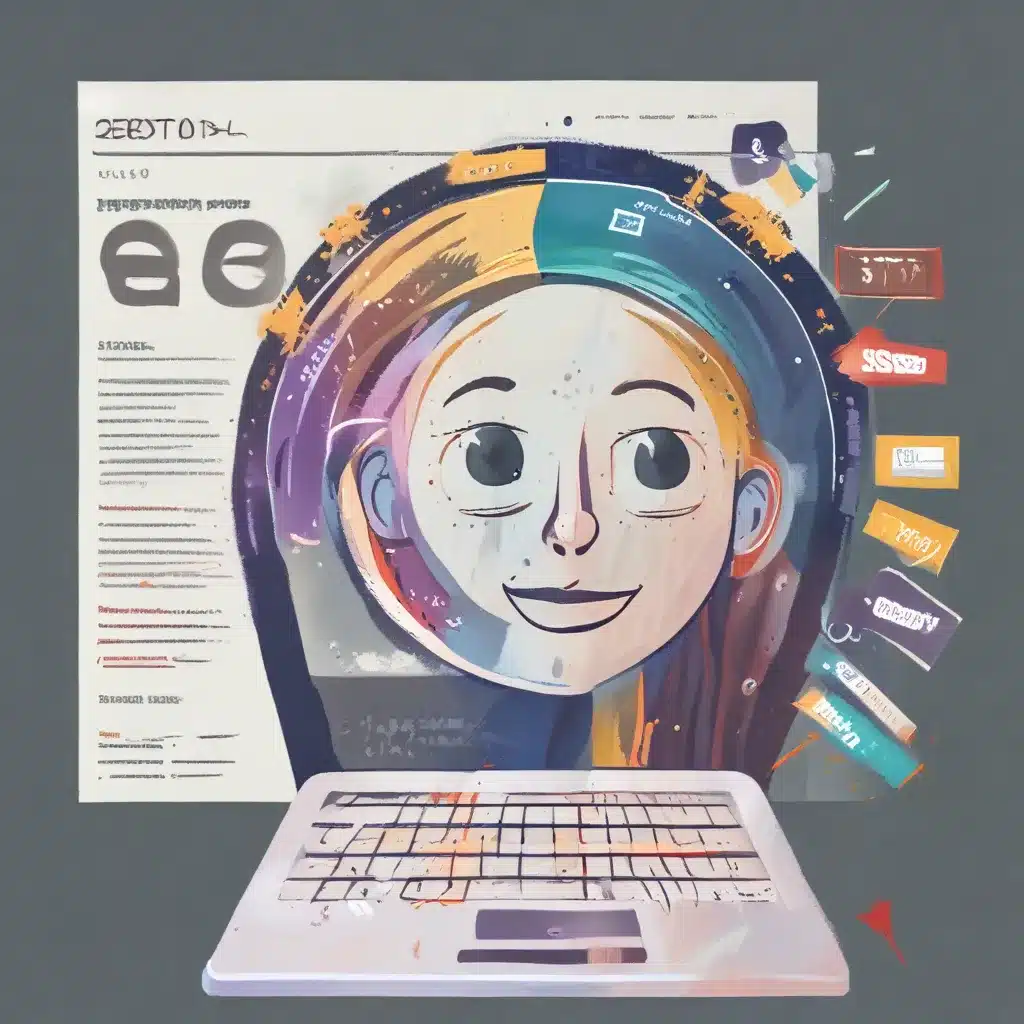
The Importance of Accessible Web Content for Deaf and Hard-of-Hearing Individuals
In today’s digital age, where information and services are increasingly moving online, it’s crucial that web content is accessible to all users, including those with hearing disabilities. Deaf and hard-of-hearing individuals often rely on sign language as their primary mode of communication, and without proper accessibility features, they can be excluded from accessing essential information and services.
Providing sign language translation for web content is not just a matter of legal compliance, but also a moral imperative to ensure equal access and inclusion. The Equality Act 2010 in the UK, for example, requires service providers to make „reasonable adjustments” to ensure that disabled individuals can access their services. This includes making digital content accessible to Deaf users through the provision of sign language interpretation.
Beyond legal requirements, sign language accessibility benefits the Deaf community in several ways:
-
Improved Communication and Understanding: Sign language translation allows Deaf users to access content in their native language, ensuring they fully understand the information presented. This is particularly important for complex or technical topics where the nuances of sign language can convey meaning more effectively than written text.
-
Enhanced Autonomy and Independence: Providing sign language alternatives empowers Deaf individuals to access information and services independently, without relying on intermediaries or assistive services. This promotes self-determination and a greater sense of control over their own lives.
-
Increased Participation and Inclusion: When web content is accessible in sign language, Deaf users can actively engage with the information, participate in discussions, and contribute to the broader online community. This helps to break down barriers and foster a more inclusive digital landscape.
-
Improved Educational Outcomes: For Deaf students, sign language accessibility in educational materials and online resources can significantly enhance their learning experiences and academic success. This supports the principle of equal educational opportunities for all.
Overcoming the Challenges of Sign Language Translation
Integrating sign language translation into web content can present several technical and logistical challenges, but innovative solutions are emerging to address these issues.
1. Technical Considerations:
– Video Embedding: Embedding sign language videos directly into web pages can be an effective solution, allowing users to toggle between the written content and the sign language interpretation.
– Automated Translation: Advancements in artificial intelligence and machine learning are enabling the development of automated sign language translation systems, which can generate sign language animations or videos from written text.
– Plugins and Extensions: Web accessibility plugins and browser extensions, such as Signly and Hand Talk, can provide sign language translation capabilities for web content, making it easier for organizations to implement this feature.
2. Content Considerations:
– Contextual Relevance: Determining which web content requires sign language translation is crucial. Focusing on high-priority areas, such as essential services, educational resources, and emergency information, can help prioritize the implementation of sign language accessibility.
– Language Differences: Sign languages, such as American Sign Language (ASL) and British Sign Language (BSL), have their own unique grammatical structures and linguistic features that differ from written languages. Ensuring accurate and culturally appropriate sign language translation is essential.
– Collaboration with the Deaf Community: Engaging with Deaf users, organizations, and sign language interpreters can provide valuable insights into the specific needs and preferences of the Deaf community, informing the design and implementation of sign language accessibility features.
Embracing a Future of Inclusive Web Design
As the digital landscape continues to evolve, web designers, developers, and content creators have a responsibility to ensure that their work is accessible to all users, including those with hearing disabilities. By prioritizing sign language accessibility, we can create a more inclusive online world that empowers Deaf individuals to access information, participate in digital communities, and fully engage with the digital services and resources they need.
Through a combination of technical innovations, thoughtful content curation, and collaboration with the Deaf community, we can work towards a future where sign language translation is seamlessly integrated into the web experience, breaking down barriers and fostering a more equitable digital landscape for all.
Conclusion: The Path Forward for Sign Language Accessibility
Providing sign language translation for web content is not just a legal requirement, but a moral imperative to ensure that Deaf and hard-of-hearing individuals have equal access to information and services. By embracing the challenges and exploring innovative solutions, web professionals can play a crucial role in creating a more inclusive digital world.
As the demand for sign language accessibility continues to grow, it’s essential that web designers, developers, and content creators prioritize this aspect of their work. By collaborating with the Deaf community, leveraging emerging technologies, and adapting content to cater to diverse linguistic needs, we can pave the way for a future where sign language is as integral to the web experience as written text.
Remember, accessibility is not just about compliance – it’s about empowering all individuals to participate fully in the digital landscape. By making sign language translation a core component of our web design and content strategies, we can create a more equitable and inclusive online environment that truly serves the needs of the Deaf community.




